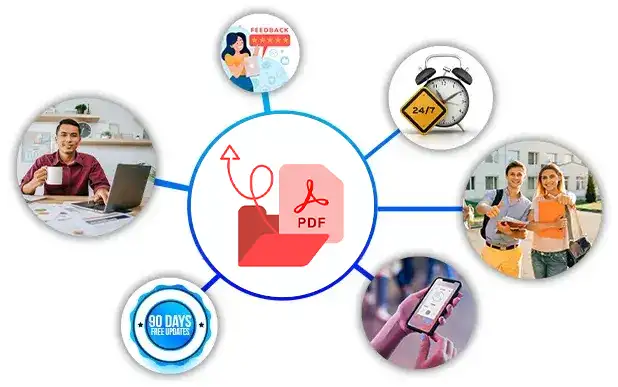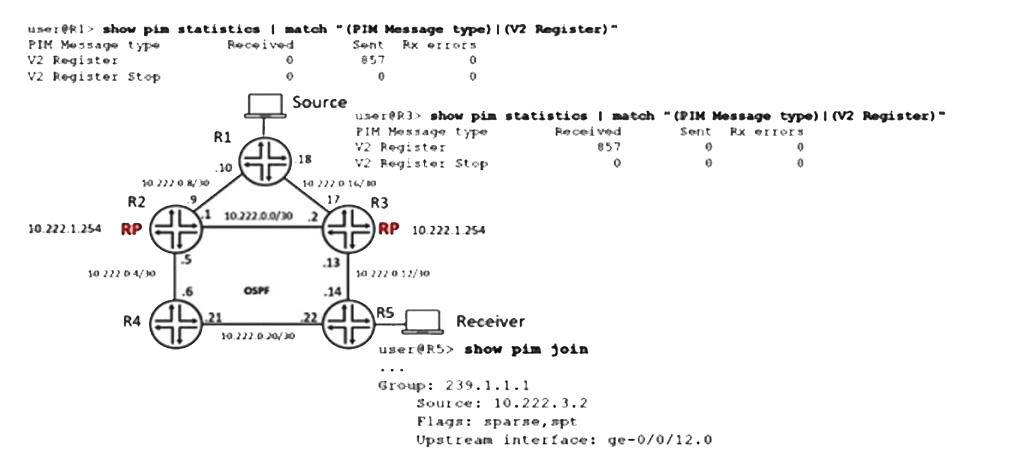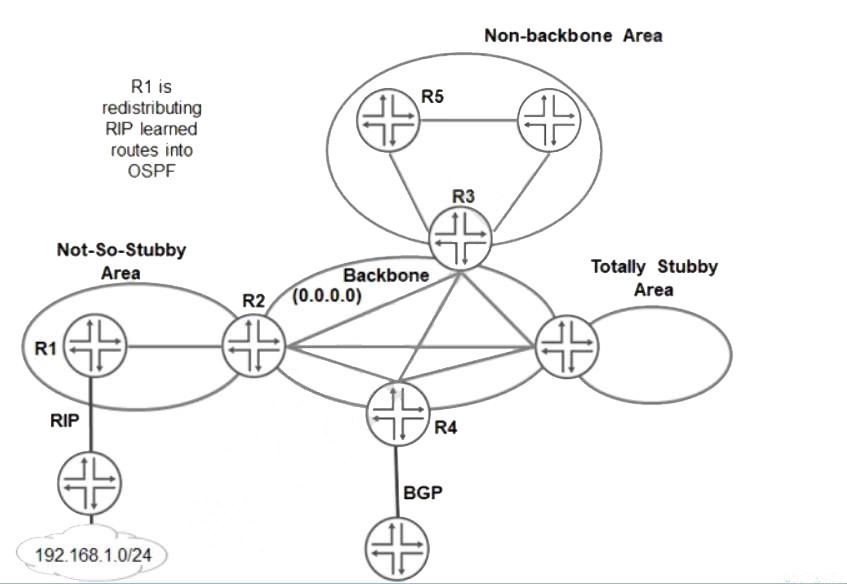Juniper JN0-649 PDF Exam Questions:
How to Get Success in Juniper JN0-649 Exam:
- Avoid deceptive JN0-649 PDF Exam Questions.
- Focus on JN0-649 Questions (PDF) based on the latest exam syllabus.
- Make notes of Juniper JN0-649 PDF for better learning.
- Prepare from our latest Juniper JN0-649 PDF file and get success in first attempt.


Prepare Juniper JN0-649 Exam Within Short Time
Your knowledge and abilities are validated by passing the Juniper JN0-649 exam. Our PDF questions and answers will help you prepare for the JN0-649 exam in a short time because it includes questions similar to the real Juniper exam questions. After downloading the JN0-649 Juniper PDF exam questions, relevant to the actual exam, you can take a print of all questions and prepare them anytime, anywhere.
Realistic Scenario Based Juniper JN0-649 PDF Exam Questions:
Everyone wants to become certified Juniper Enterprise Routing and Switching and improve his/her resume. You should practice with real JN0-649 questions. Students can benefit from the JN0-649 exam questions which are available in PDF format. The JN0-649 exam questions and answers are designed to match the criteria of the actual exam. If you use scenario-based Juniper JN0-649 questions you will have an extra potential to clear the exam on the first attempt.
You are troubleshooting a BGP connection.
Referring to the exhibit, which two statements are correct? (Choose two.)

Referring to the exhibit, anycast RP is implemented to ensure multicast service availability. The source is currently sending multicast traffic using group 239.1.1.1 and R3 is receiving PIM register messages, but R2 does not have active source information.
In this scenario, what are two methods to receive the active source information on R2? (Choose two.)

See the explanation below.
You are asked to establish interface level authentication for users connecting to your network. You must ensure that only corporate devices, identified by MAC addresses, are allowed to connect and authenticate. Authentication must be handled by a centralized server to increase scalability.
Which authentication method would satisfy this requirement?
See the explanation below.
https://www.juniper.net/documentation/us/en/software/junos/user-access/topics/topic-map/mac-radius-authentication-switching-devices.html
You can configure MAC RADIUS authentication on an interface that also allows 802.1X authentication, or you can configure either authentication method alone.
If both MAC RADIUS and 802.1X authentication are enabled on the interface, the switch first sends the host three EAPoL requests to the host. If there is no response from the host, the switch sends the host's MAC address to the RADIUS server to check whether it is a permitted MAC address. If the MAC address is configured as permitted on the RADIUS server, the RADIUS server sends a message to the switch that the MAC address is a permitted address, and the switch opens LAN access to the nonresponsive host on the interface to which it is connected.
Referring to the exhibit, which LSA type is used to advertise 192.168.1.0/24 to R5?

See the explanation below.
Area-1 has no external connections. However, Area-1 has static route (172.16.31.0/24) that are not internal OSPF route. You can limit the external route advertisements to the area and advertise the static routes by designating the area an NSSA. In an NSSA, the ASBR (vMX1) generates NSSA external (Type 7) LSAs and floods them into the NSSA, where they are contained.
Type-7 LSAs allow an NSSA to support the presence of ASBR and their corresponding external routing information. The ABR (vMX2) converts Type-7 LSAs into Type-5 External LSAs and leaks them to the other areas, but external routes from other areas are not advertised within the NSSA.
An admin should check this and change it
https://www.packetswitch.co.uk/configuring-junos-ospf-stub-and-nssa-areas/
You enable the Multiple VLAN Registration Protocol (MVRP) to automate the creation and management of virtual LANs.
Which statement is correct in this scenario?
See the explanation below.
The forbidden mode does not register or declare VLANs. You can change the registration mode of a specific interface to forbidden. An interface in forbidden registration mode does not participate in MVRP even if MVRP is enabled on the switch.
https://www.juniper.net/documentation/us/en/software/junos/multicast-l2/topics/topic-map/mvrp.html
MVRP is disabled by default on the switches and, when enabled, affects only trunk interfaces. Once you enable MVRP, all VLAN interfaces on the switch belong to MVRP (the default normal registration mode) and those interfaces accept PDU messages and send their own PDU messages. forbidden---The interface does not register or declare VLANS (except statically configured VLANs).
Reliable Source Of Preparation For Enterprise Routing and Switching, Professional Exam.
We provide Juniper Enterprise Routing and Switching certification questions along with answers to assist students in passing the Juniper Exam. You can enhance your Juniper JN0-649 preparation with the help of an online practice engine. Try out our Juniper JN0-649 questions because 98% of Examskit users passed the final JN0-649 exam in one go.
